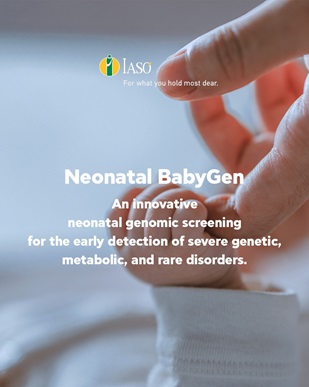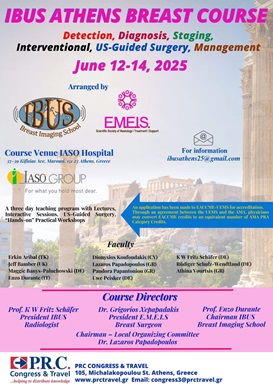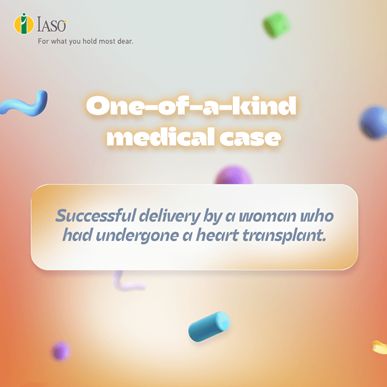
Breastfeeding
Maternity Clinic
According to the laws of nature, the mother’s embrace and breastfeeding are fundamental and self-evident steps, immediately after birth. Let’s try to respect that.
The first strong bond between the mother and the infant begins immediately after childbirth. Within the first hour, the physical contact of the mother and her baby is very important – the first loving hug, skin-to-skin contact – and it is considered the most suitable time for breastfeeding initiation.
Breastfeeding is not just a matter of instinct for the baby, it needs to be taught both to the mother and to the newborn. The first days after childbirth at the maternity hospital are pivotal for the mother and her baby to get to know each other and communicate.
The newborn often seeks, almost 24/7, the embrace of the mother, the physical contact with her and, of course, its food, which can be none other than breast milk. This process is perfectly natural and occurs until the mother recognizes the needs of her baby and they start working together as a team.
Supporting the needs of mother and baby, IASO assists by offering free rooming-in practice, which is performed in most maternity hospitals in Europe.









